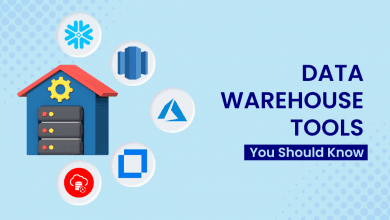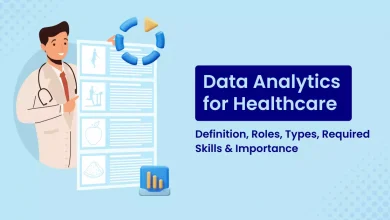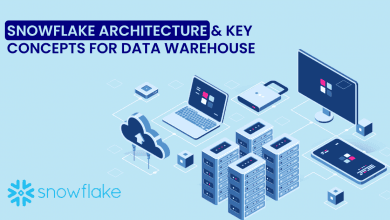What is DevOps Lifecycle? Top 6 Phases Explained
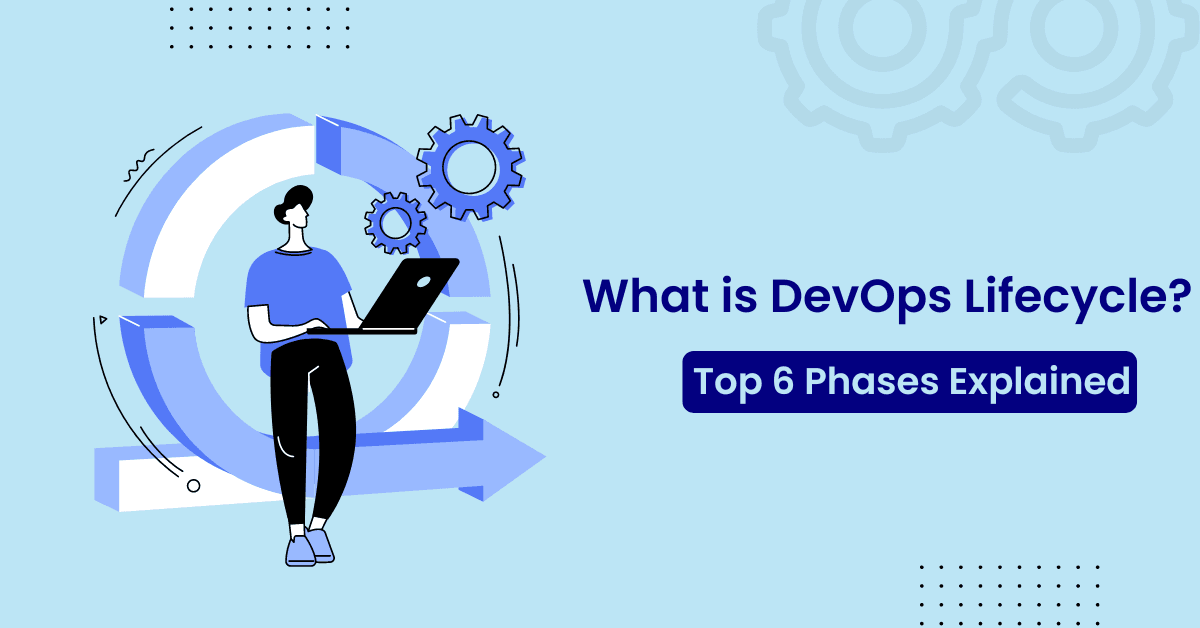
DevOps is an approach that focuses on automating the development processes in software development. The DevOps lifecycle comprises 7 different stages, which are planning and requirement, coding and version control, continuous integration or build and test automation, delivery, and deployment monitoring and feedback. Let’s take a closer look at each phase of it.
What is DevOps?
DevOps is a software development process that aims to improve the speed and quality of application delivery by automating processes, eliminating bottlenecks, and continuously testing new code.
What is DevOps Lifecycle?
DevOps is a set of practices that aim to improve the agility and efficiency of software development and delivery. It focuses on automation, collaboration, communication, measurement, and sharing of information between the development team and other teams involved in software delivery. The DevOps lifecycle is a model that describes the key phases used in the DevOps methodology.

How Does DevOps Lifecycle Work?
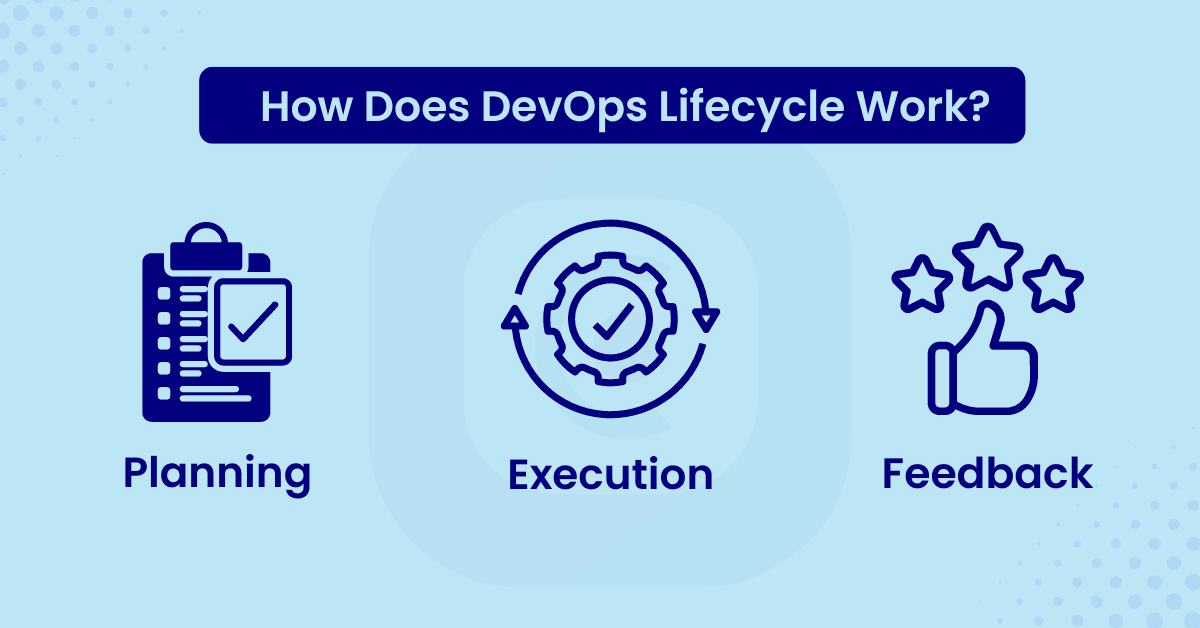
Here’s a breakdown of the DevOps Lifecycle Work.
1. Planning
It involves identifying what needs to be done and how it will be done. This is usually done with the help of a product owner. The requirements are then documented in the form of user stories (usually written by the product owner or business analyst).
2. Execution
It involves putting together all of the pieces required for development (such as source code) and deploying them to an environment where they can be tested by QA testers and developers alike.
3. Feedback
It involves monitoring performance data from previous deployments/deployments so that you can make changes when necessary (i.e., if there were issues with a previous deployment).
Top 6 Phases of DevOps Lifecycle
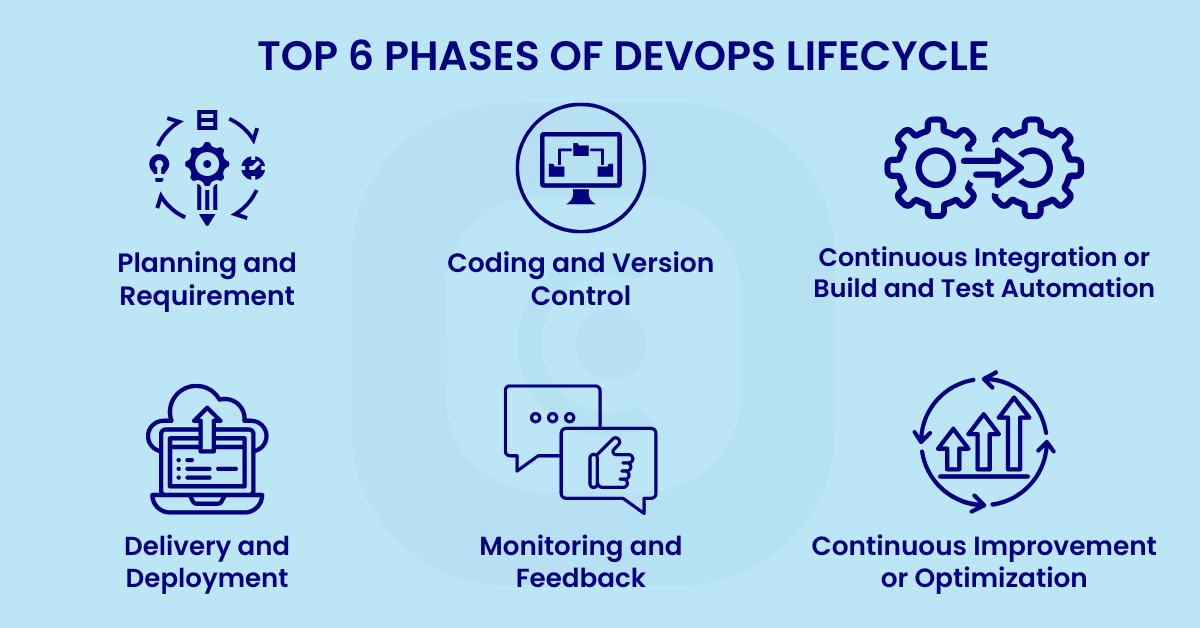
1. Planning and Requirement
Planning and requirement is the first phase of the DevOps lifecycle. This is the phase where you determine what you want to build, why you are building it, when you need to deliver it and how many resources are needed.
This also includes setting up your architecture which will enable an effective development and operations environment throughout the lifecycle. You should start with a high-level view and then get into technical details like deciding how many servers or VMs are required for running your applications on them.
2. Coding and Version Control
Coding and Version Control is the process of writing, testing, and debugging code. The developers write the code for a new software system or application. Then, they test it to make sure it works correctly. If there are any problems with the software, they fix them so that the software can run smoothly.
This process helps in building quality software because it prevents errors from being made during development. It also prevents situations where multiple people work on different parts of an application at once without knowing what others are doing or having access to their changes.
3. Continuous Integration or Build and Test Automation
Continuous integration (CI) is a software engineering process in which all the changes made to software are regularly integrated, ideally immediately after their implementation.
The goal of CI is to ensure that all developers’ code can be compiled and tested as often as possible without slowing down development. The more often you commit your code, the more time you’ll have to fix issues before they become serious problems.
Continuous integration can also be used for other purposes than just testing new features. For example, it’s often used as a way of detecting regressions before they hit production due to upgrading or other changes in the system’s setup.
4. Delivery and Deployment
After the processes of code review and testing, you are ready to deploy your application. Deployment is the process of getting the application into production.
It is the final stage in the software delivery pipeline and involves deploying the code to the production environment. This can be done manually or automatically with DevOps tools like Chef, Puppet, or Ansible.

5. Monitoring and Feedback
Monitoring and feedback is the last stage of the DevOps lifecycle, but it’s also one of the most important ones. It’s great to have a well-designed product that meets all your user’s needs, but you need to make sure that it works in real life.
It’s only when you can test your product in real conditions that you can see how it will perform and whether there are any bugs or problems with its performance.
You should pay attention not only to what happens when everything goes according to plan, but also watch out for any problems occurring during testing – this way you’ll be able to identify any flaws before they become too big an issue!
Feedback from users is also important because they’re using your product day after day: they’ll be able to tell you whether there are things about your app that don’t work well or could be improved upon!
6. Continuous Improvement or Optimization
Continuous improvement is a process of making small changes to improve the quality of a product or service. It’s also known as kaizen. Continuous improvement is a continuous cycle of planning, implementing, monitoring, and learning that helps you identify ways to do things better.

Conclusion:
In this blog, we discussed the 6 stages of the DevOps lifecycle and how they can help you to automate your process. The DevOps approach is a methodology that focuses on automating the development processes and achieving continuous delivery of apps.
It requires collaboration between all teams involved in building an application including software engineers, quality assurance (QA) analysts, and developers who work together towards making these processes more efficient.
We hope that this blog has given you an insight into the DevOps lifecycle so that now you can decide whether it’s right for your business or not!
FAQs on DevOps Lifecycle Phases
The benefits of the DevOps lifecycle include improved collaboration between development and operations teams; increased agility; increased speed of deployment; increased availability; reduced chances of failure due to human error; reduced risk; automated testing and deployments; better performance metrics through automation; and improved customer experience.
The main goal of the DevOps lifecycle is to increase the speed of delivery while lowering the cost of development and maintenance.
The length of time required to complete each phase of the DevOps lifecycle depends on your goals and needs. If you want to move quickly, then you may want to spend less time in each phase. If you’re looking for quality over speed, then you may want to spend more time in each phase. You can choose which path works best for your business!
Yes! The DevOps lifecycle is flexible enough that it can be customized for your needs as an organization—whether that means adding or deleting phases from our standard seven-phase model or rearranging them based on what’s most important for your business right now.



